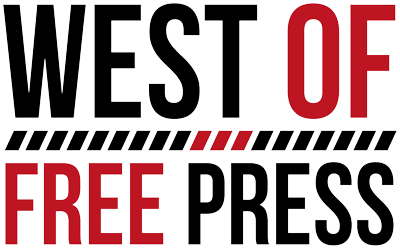No longer will all the attention for revitalizing West Ashley be trained solely on saving Citadel Mall or rejuvenating the Sam Rittenberg Boulevard commercial corridor.
Last week, city and county officials held a preliminary presentation of their joint planning efforts to understand and improve the DuPont/Wappoo area.
The area on a map looks like a lumpy triangle, with the West Ashley Greenway acting as its base, a crooked series of neighborhood streets forming its right side, and Sam Rittenberg Boulevard as its left side.
Wappoo Road runs through the middle from the top angle to the greenway. Along its path, the road links the various jurisdictions, planning challenges, and mixed uses found in the area.
County planner Joel Evans led the presentation at St. Andrews Middle School last week that detailed the findings, scope, and hopes of their joint effort. The planning effort, called a planning charrette in highbrow circles, was a multi-week affair that brought together city and county planners, along with stakeholders within and nearby the area.
Evans said a joint effort was crucial because it was hard to divine where one jurisdiction, with varying uses and covenants, ended and the next one began.
To that point, a color-coded map with the seemingly overlapping interests displayed looked much like a grandmother’s quilt gone awry.
Evans said that future planning efforts would be held and communicated with the public, and he hoped the two governments could have a plan and ordinances ready to discuss by the end of the calendar year.
The charrette began two Tuesdays ago, on June 9, with an open house at the school, and then welcomed the public for the next two days for talk, brainstorming, and drafting exercises. More than 150 citizens attended the meetings.
Meredith Demetre, an über-busy mother of three kids, took time away from her family to be at every charrette event open to the public.
“It was important to me because I think West Ashley has been neglected for so long,” said Demetre, who moved to her waterfront home off Wappoo Road from Folly Beach about 10 years ago.
Demetre wants some of the same amenities and qualities that have found a home in the Avondale Point area to migrate further down Savannah Highway. “I’d love to have places to ride bikes, or go shopping, or go out to eat closer to home,” she said.
Demetre said she is impressed with how intently county and city staffers listened to her and the other stakeholders, and with the enthusiasm displayed by newly-hired West Ashley-only city planner Mandi Herring.
While the presentation covered six distinct areas — transportation, drainage, design, commercial opportunities, park space, and land use — Evans and the other planners focused on two major problems: the Wappoo/Savannah Highway intersection and flooding.
Demetre was excited to see the attention spent on the intersection she drives multiples times a day between school, tennis lessons, swim practice, and shopping for her kids.
A specialist came down from his retirement home in North Carolina to lend a hand with the troublesome intersection. “It literally couldn’t get any worse,” said Demetre.
One of the rough sketches the specialist came up with was to erect tree’d medians down the middle of the highway, and then line the northern side of the highway with another line of trees.
Tucked behind the trees on the Wappoo side would be a diverted West Ashley Greenway, which would create connectivity with the nearby Greenway, as well as allow for a larger scale development to potentially find a home in the space formerly home to a vegetable distribution shed.
The other issue officials and planners focused on was the drainage problem on DuPont Road. Few stakeholders attending the public planning session were aware that much of the land abutting DuPont was in the former Tiger Swamp, according to Demetre.
There are limits to what planners’ pens, maps, and models can accomplish in the real world, where free-market forces can dispense with good-intentioned ideas with lightning quickness.
But Demetre said that she hoped a master plan for the area dovetailing with the rest of rehab efforts this side of the Ashley River could create a unique, design-rich area replete with one-off stores that meets more peoples’ needs without becoming another “Mt. Plastic.”
(843) 766-WEST (9378)
publisher@westof.net







